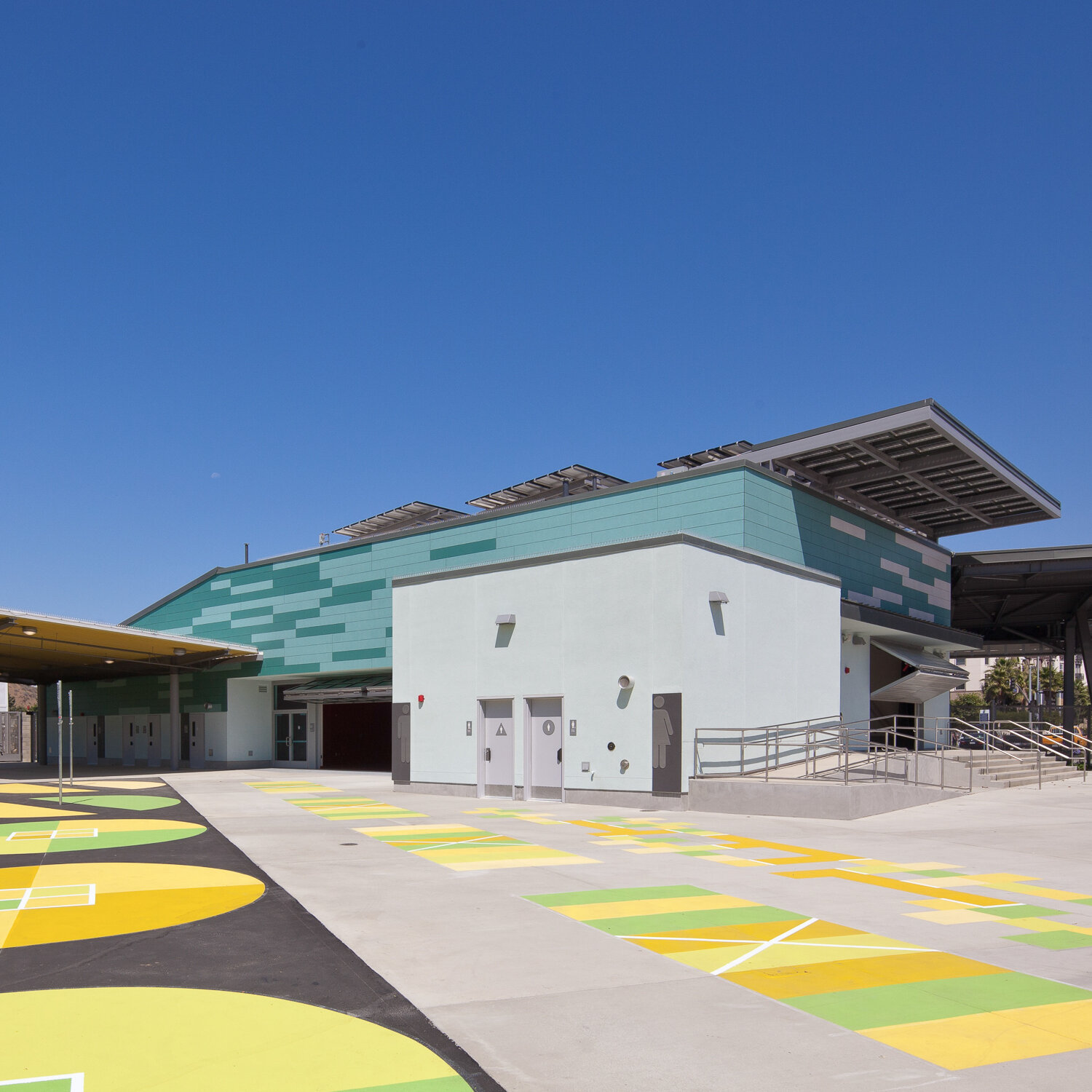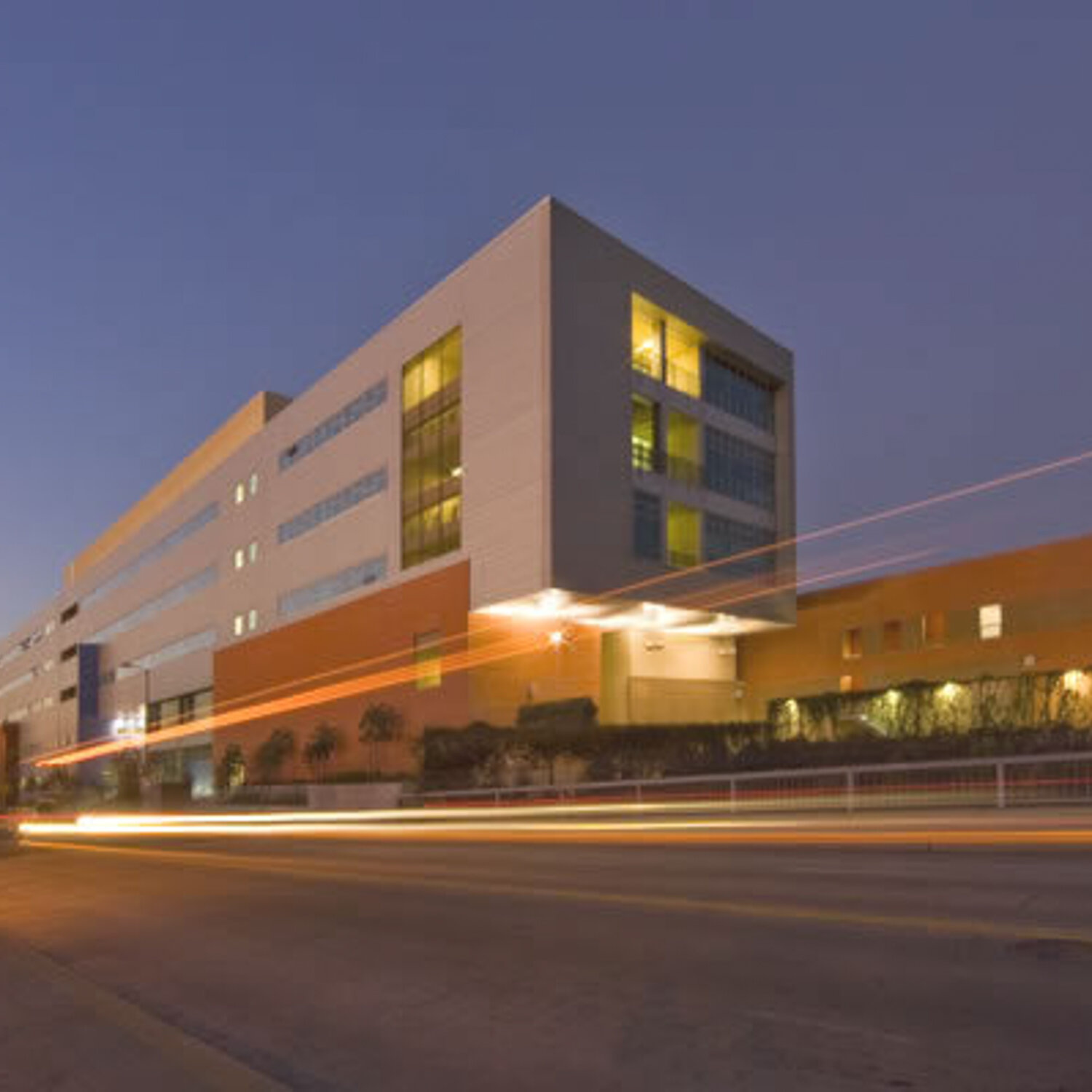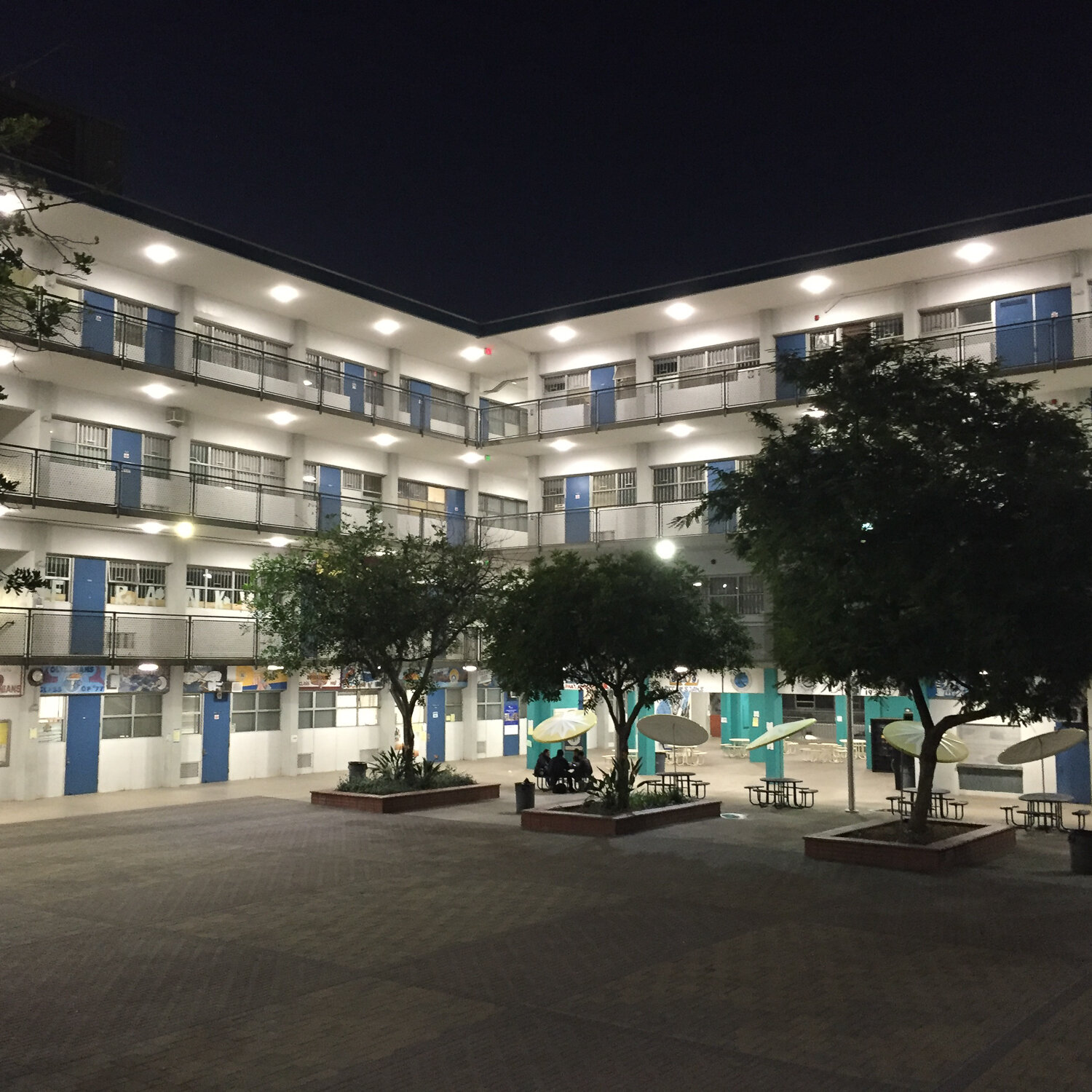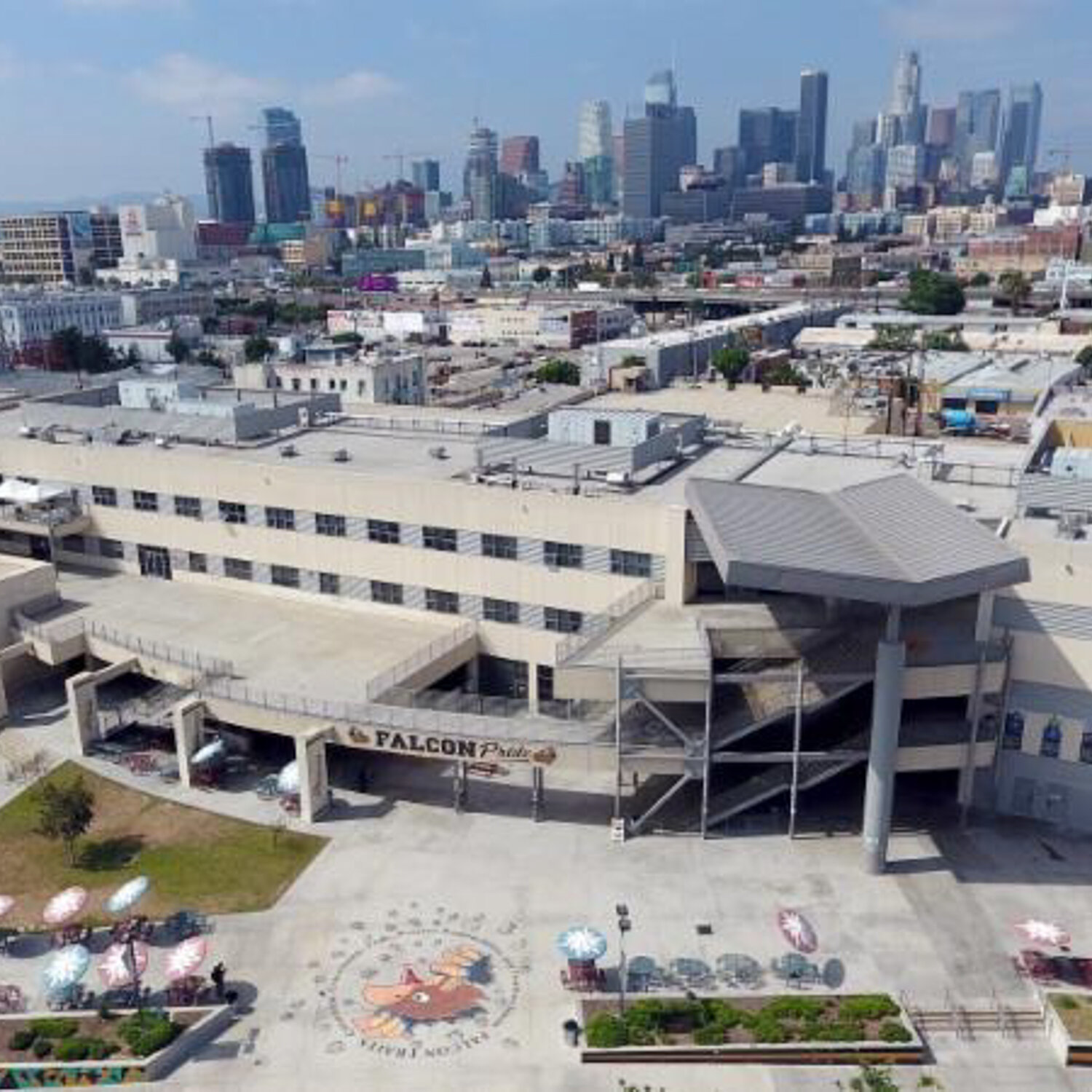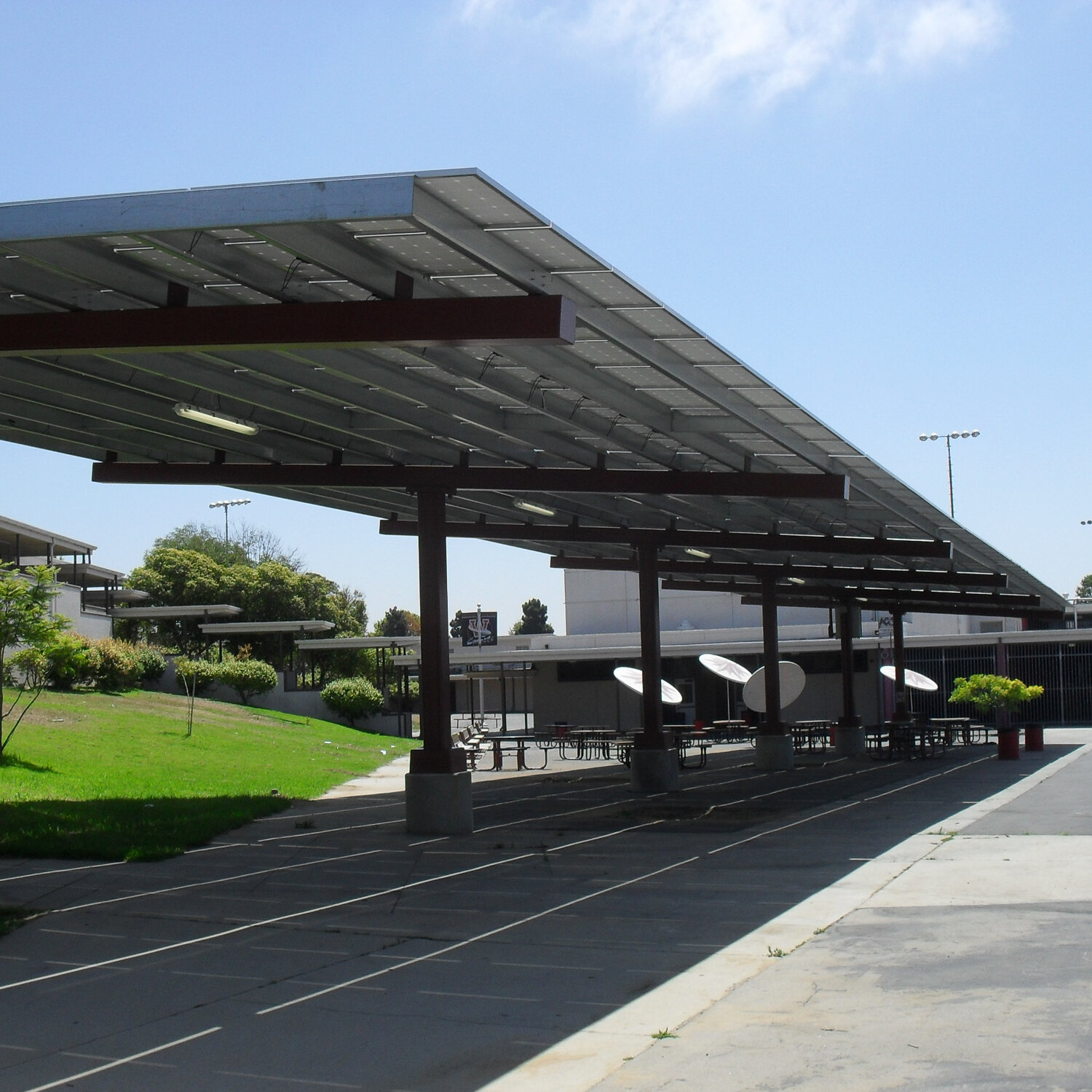L.A. Unified School District Fosters Environmental Stewardship, Committing to 100% Clean, Renewable Energy by 2030
15%
Energy Reduction Since Ownership
21%
Water Reduction Since Ownership
2021 Innovation Awards: Industry Leadership Finalist (Public Sector)
“LAUSD is committed to energy conservation through a variety of projects and policies that increase efficiency in district facilities, reduce reliance on fossil fuels and increase conservation behavior throughout the district through awareness and education programs.”
CHRISTOS CHRYSILIOU
Director of Architectural and Engineering Services, Los Angeles Unified School District
CHALLENGE
The second largest public school district in the United States, the Los Angeles Unified School District (LAUSD) serves more than 650,000 students attending some 1,300 schools and centers. Through a variety of energy efficiency programs and policies, LAUSD continues to pursue a longstanding mission to become the most sustainable and environmentally friendly urban school district in the country. Beyond early efforts to reduce energy and water consumption 20% from a 2014 baseline by 2024 across its many campuses, the L.A. Board of Education in December 2019 approved a resolution to further commit the district to achieve 100% clean, renewable energy for its entire portfolio in its electricity sector by 2030—and all other energy sectors, including heat, ventilation, air conditioning (HVAC), cooking and transportation by 2040.
To achieve such sustainability goals for its expansive portfolio, which spans 26 cities and unincorporated areas of Los Angeles County, LAUSD was challenged to adopt management strategies based on processes that were simultaneously realistic, achievable, aggressive and replicable. In 2020, the impact of COVID-19 on LAUSD facilities and sustainability initiatives were significant. While the initial impact indicated lower utility costs due to school closures, the district anticipates incurring higher utility costs overall due to new air quality enhanced filtration requirements and mechanical system operations.
STRATEGY
In 2020, LAUSD continued laying the groundwork for achieving its sustainability goals. Under the leadership of Director of Architectural and Engineering Services Christos Chrysiliou, sustainability initiatives and energy management units were reformed to focus on the following areas to achieve its long-term mission of becoming the most sustainable urban school district in the nation: Energy Conservation, Water Stewardship, Education and Awareness, High Performance Schools Green Building Certification, Campus Ecology and Emerging Technologies.
To achieve its 2019 Board Resolution, LAUSD formed the “100% Clean Energy Task Force,” made up of representatives from sustainability, education, facilities, food services, transportation, health and safety and other LAUSD divisions, as well as key community members and experts in related fields. Together, these key team members are building momentum toward finalizing an action plan, having already contributed to a proposed “100% Renewable and Clean Energy Pathway,” as well as alignment with the L.A. Department of Water and Power’s (LADWP) LA100 Plan. The team’s efforts to meet the district’s goal have also included hosting a Solar Industry Forum and arranging for a Solar Procurement Plan.
Through various partnerships, collaborations, grants and state programs, LAUSD has over the years focused on addressing energy efficiency first. Programs it implemented to facilitate energy conservation included: a direct install lighting program in partnership with LADWP to retrofit 67 schools with nearly 13,000 interior and exterior LED fixtures; LED retrofits at 34 additional schools to upgrade nearly 13,500 fixtures; a Prop 39 energy efficiency program to complete 112 projects consisting of LED retrofits, occupancy sensors, high-efficiency transformer replacements, new variable frequency drives for pools, HVAC upgrades and energy management system upgrades; Prop 39 Student Energy Audit Training (SEAT) to prepare students for future energy-related careers; Collaborative for High Performance Schools (CHPS) green building certification standards for all new construction and modernization projects; energy conservation pilot projects and awareness programs, such as its “Heros for Zero” contest, which encourages students to engage in activities that make them “ZNE Ready.”
To facilitate water stewardship, LAUSD has implemented a low flow plumbing retrofit program, recycled water projects, water conservation projects, groundwater recharge programs (such as Drought Response Outreach Program for Schools, or DROPS) and partnerships with the City of Los Angeles, LADWP, Metropolitan Water District, Tree People, Council for Watershed Health and the State Water Resources Control Board. In addition, LAUSD has worked to identify and pilot cutting-edge sustainability technology, create or improve school greening projects by planting “learning gardens.”
IMPACT
LAUSD’s long-term and continued commitment to sustainability across six areas of focus has proven transformational, with varied and wide-ranging results. Efforts have resulted in a solar program that generates 21.5 million kWh and saves about $4.5 million a year; more than 600 school gardens to promote eco-literacy; 134 projects verified by the CHPS (six of which are LEED certified); 67,000 lighting fixtures replaced, and 3,600 low flow plumbing fixtures installed.
Many of these initiatives were supported by California’s Clean Energy Jobs Act (Prop 39), which has provided the district with $138 million to invest in energy efficiency projects across its portfolio. These projects, with a focus on lighting, HVAC systems and controls and plumbing, are predicted to significantly reduce energy use in existing building systems among 112 campuses. With a projected annual project savings of 27% or $5.6 million, Prop 39 has not only supported LAUSD’s energy conservation goals but has also significantly reduced the district’s energy bills and overall carbon footprint.
In partnership with LADWP, an investment of $45.3 million was made in energy, water, education and pilot programs over the last five years and both agencies recently approved the continuation of the program by investing another $87.5 million over the next five years. LADWP recently awarded LAUSD its 2020 Sustainability Excellence Award in the Demand Response category for curtailing 6,247 kWh of energy by raising the temperature of chilled water 2 to 4 degrees, reducing interior lighting and plug loads and turning off miscellaneous fans and parking structure lighting.
In 2020, though COVID-19 impacted its facilities in myriad ways, LAUSD adjusted quickly to utilize the latest technology to work remotely and continue site visits for projects as needed. LAUSD altered its sustainability and education programs to accommodate remote learning, maintaining 40 schools participating in its “Empowered” program to train students in environmental skills and stewardship. LAUSD also continues to partner with organizations such as the U.S. Green Building Council to offer remote sustainability education programs to school custodians.

